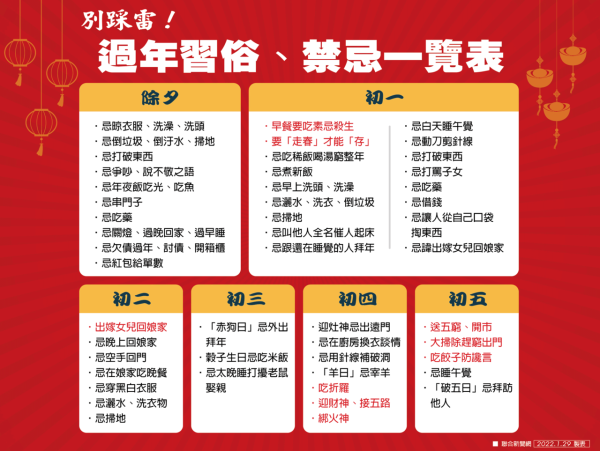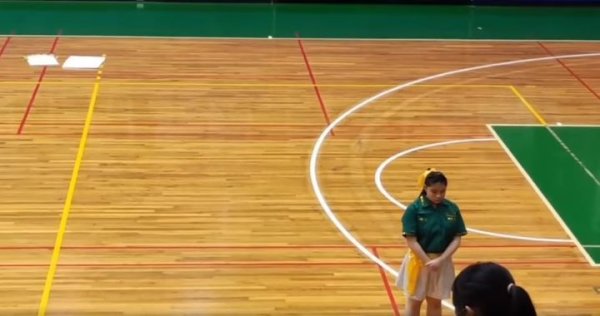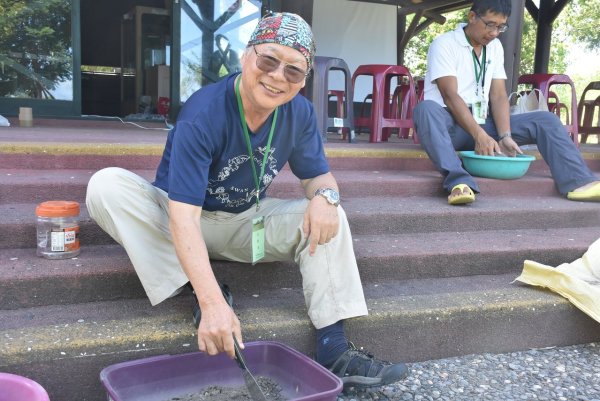How to run super jogging and who is suitable for super jogging? Rehabilitation specialist teaches 4 stretching extension actions to prevent injuries
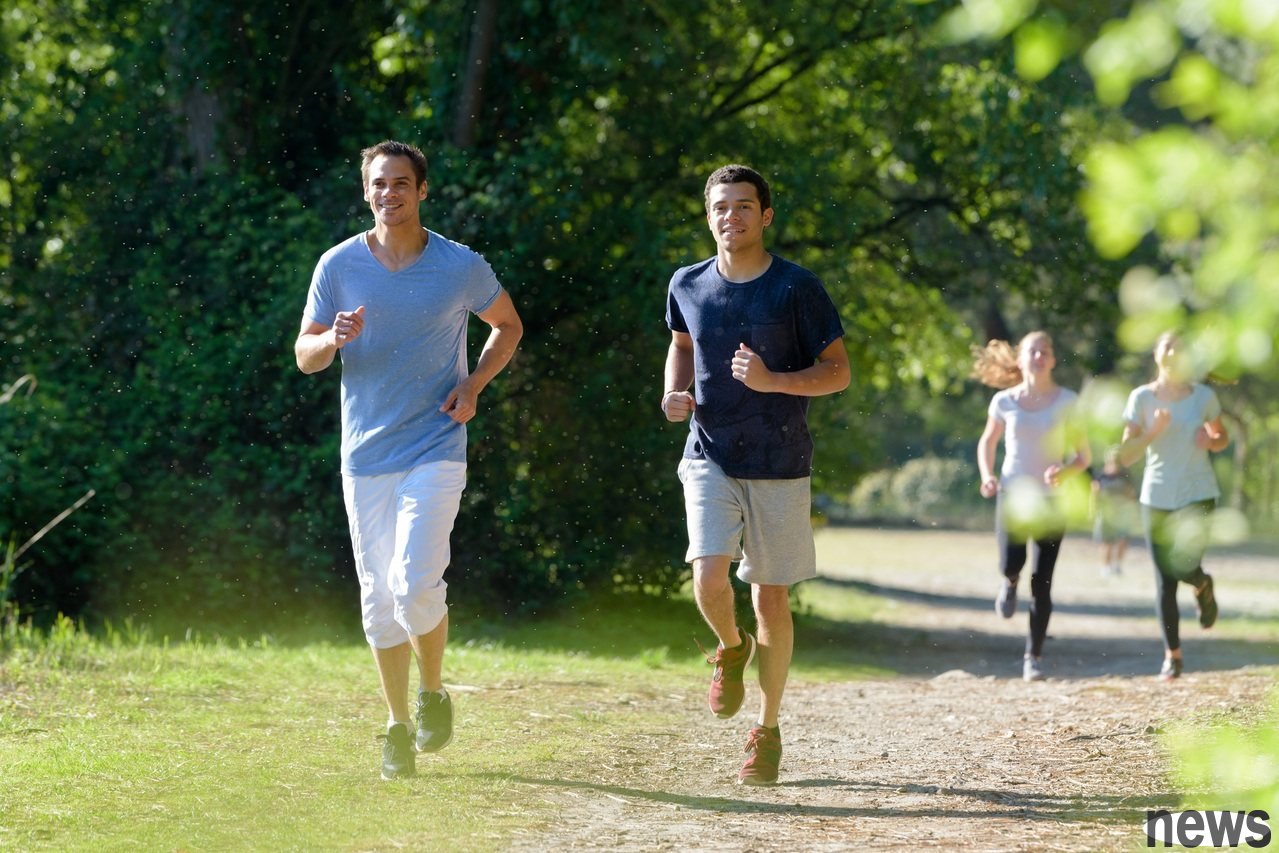
Now more and more people are engaged in the "super jogging" movement, and many people often ask related questions in the rehabilitation clinic. Recently, a patient had relapsed and diagnosed with plantar fasciitis. He thought he could only do super jogging, so why did he still get inflammation of plantar fasciitis? Some silver hair aunts also think that she is jogging every day, and she can't grow meat even if she doesn't grow. What is the real face of this movement of super jogging? How do we get benefits from it and avoid sports damage!
What is super jogging?According to the introduction of the American Sports Medicine Association, basic fitness is divided into three categories: cardiopulmonary fitness (aerobic fitness), muscle fitness (including muscle strength, muscle endurance), and activity fitness (including correlation angle and myofascial ductility). And "super jogging" is the part that is suitable for the heart and lungs.
Because the name is "running" (International Slow Jogging Association, it is called International Slow Jogging Association) and "super slow", so many people will mistakenly interpret it as "very slow running" when they hear it for the first time. In fact, super jogging does not have the moment when two feet leave the ground at the same time, so it does not conform to the definition of running and is not considered a real running. In addition, the ultra-jogging step takes about 1 minute and 180 minutes, with a small step. The movement strengthens the front and the palm of the palm first, which is accompanied by the bent knee joint to provide buffering and reducing damage. It can be seen that the actual step is quite high and slow for ordinary people to run.
"Super Jogging" is medium and low strength exercise, and generally has a speed of about 6 kilometers, so that the heart rhythm is about 50-70% of the maximum heart rhythm. What the
writers should specifically propose here is that the so-called high, medium and low strengths are "relative values", rather than "definite values". As our individual cardiopulmonary fitness is enhanced, the originally medium-strength cardiopulmonary movement may become low-strength movement for us one day.
What are the benefits of super jogging?Because ultra-jogging is aerobic exercise, it can improve cardiopulmonary fitness, which can help our heart, circulation, lungs, and even the overall health. It also has a helpful effect on the control of some chronic diseases, such as hypertension, diabetes, and hyperlipidemia.
Because it is relatively simple, it can be used as a preparatory training before other aerobic exercises. Especially before the cardiopulmonary fitness is ready, you can improve your cardiopulmonary ability through ultra-jogging. Once you increase it to a certain level, you can perform the next stage of aerobic exercise.
Who is suitable for super jogging exercises?According to the latest guidance of the American Sports Medical Association, as long as there is movement, even if the strength is not strong or the time is not long, it will still have health benefits. For people who usually sit less for a long time, ultra-jogging can be regarded as aerobic exercise they first started. It is relatively simple and convenient, and can reduce the resistance to starting exercise. For high-age groups, people with low sports ability, and even obese groups, ultra-jogging can be regarded as a primary exercise to start aerobic exercise.
Common sports injuries and things to noteNo matter what the movement is, no matter how low the strength is, as long as there is a problem with the posture, there is a possibility of injury. Super jogging strengthens the sturdy state to keep your back straight, and you feel like you extend from the base of the toe (front palm) to the top; running with a low head will cause excessive force in the back and cause damage.
It should also be noted that the knees must maintain a slight state during the entire process, so that the lower limbs will be elastic and reduce the wear of the knees themselves.
Unlike the general running foot that is first touching the ground, the foot that is holding the ground is too slow. Although it can reduce the reaction force of the ground on the lower limbs during the instant, it is often easy to cause the calf and Achilles tendon to be in a contraction state, which can easily cause plantar fasciitis, Achilles tendon inflammation and even the front side of the calf. Combined with super jogging, you must also stretch and relax.
Stretch extension to prevent injuriesBasically, it is best to stretch the muscle groups in the lower limbs, and the part that stretches the quadrilateral and the back of the calf muscles are provided here.
If you want to stretch the quadrilateral muscles, you can be as shown in Figure A. Our body is in a standing position, hooking one foot backward, keeping the pelvis slightly backward, the core is stable, and the ribs are not erect. The bent foot can be imagined to extend the femur to the ground, keep breathing, and hold for 15-20 seconds. Then, switch to another foot and repeat it 4 to 6 times.
If you want to stretch your calf, you can as shown in Figure B. We start with our standing position, push our foot forward and follow the ground with our feet, and the other foot knee bends, keep the pelvis as far as possible and as possible to level with the ground. When the action starts, push the butt back, keep the center of gravity in the middle, and feel extended at the end. The hand goes forward in front of the tip of the foot that stretches the foot, and straighten the foot that can press the ground with 20% of the force. As for whether to stretch completely, it depends on the back of the leg, keep breathing, maintain for 15-20 seconds, and then switch to the other side. Repeat 4 to 6 times.
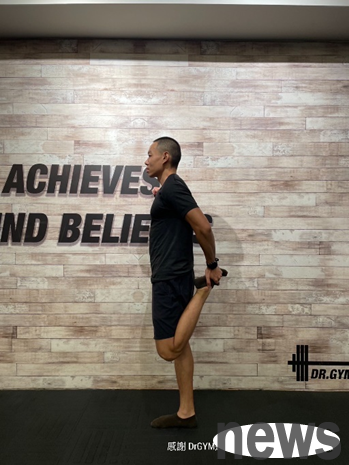
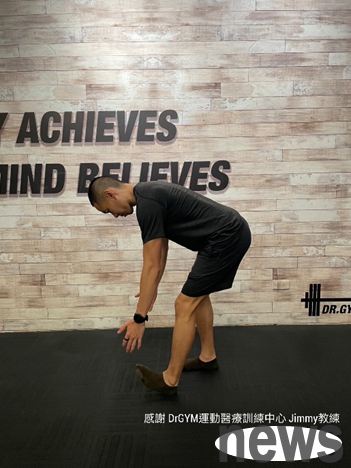
In addition, based on the teachings of the American Sports Medical Association, it was found that taking more than three (including) and more than one project of aerobic exercises within a week will greatly increase the chance of sports damage. Therefore, if you want to take more than three (including) and more than one aerobic exercises within a week, it is recommended that you adopt cross-training. For example, if I do aerobic exercise four times a day on Monday, Wednesday, Friday and daily, I can consider the ways of jogging on Monday, walking on Wednesday, jogging on Friday, and rowing on Sunday, which can fully meet the needs of aerobic exercise and avoid increasing the chance of sports damage..
What after the super jog?Because ultrajogging is relatively focused on the lower limbs, it is relatively insufficient for upper limb training. The exercise experience is not that complete. Participants who are not able to arrange muscle retraining. After doing super jog, our upper limbs can be matched with a elastic strap to perform simple stretching and muscle endurance exercises.
First, a simple upper limb training is provided, such as Figure C is the starting position. In standing posture, hold the two ends of the elastic belt in your hand. As for the grip, it depends on your personal ability. If you extend the elbow close to it, you will not be killed (the belt has a little slight swelling), and the humerus is in the middle axle (that is, it does not extend forward or retract backward). For example, Figure D is for the start of the action, horizontal abduction of the upper arm. Note that the humeral head will slightly retract backwards and the elbow joints will maintain a fixed angle. The entire action is directed by the humerus, and after the scapula is fully retracted, then the original duct returns to the starting position. The resistance should not be too large, and the number of actions should be 10-12.
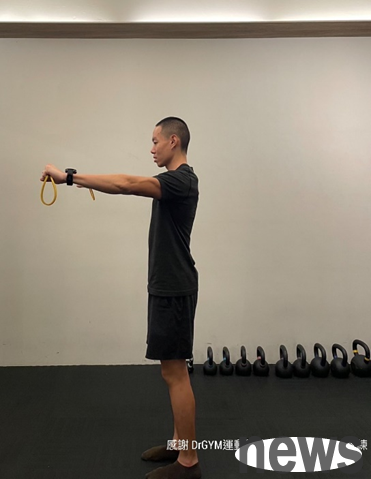
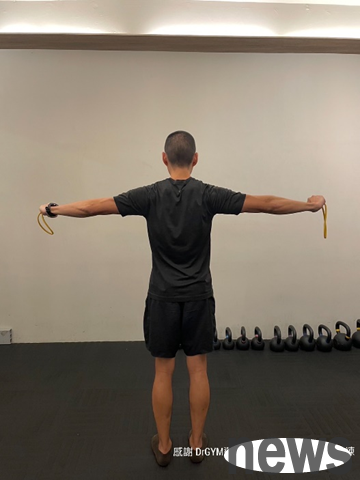
We can get some benefits from doing super jogs, but if we want to improve the personal ability and body, we may still have to have the next stage of training.
As mentioned earlier, ultrajogging is part of the cardiopulmonary fitness, and there are three major parts of the basic fitness. We must also consider muscle fitness and activity fitness, and we must not be too sloppy. This can also explain why the silver hair aunt in the clinic of the Rehabilitation Department is doing super jogging every day and doesn’t grow muscles. Because to strengthen our muscle fitness, in addition to nourishing our nutrition, it is important to train our muscle strength.
At the same time, with the ability to prepare for sports conditions, we should also start to carry out further aerobic fitness training in other aspects. If our bodies continue to improve, we need new stimulation!
Of course, if you are an ordinary person who is very old or has less sports habits, it would be great to develop and maintain sports habits. Of course, you should still pay attention to the damage caused by a single exercise posture.
(This article is reproduced from Taiwan Rehabilitation Medical Association. The original website: Super jogging and super tamping! Is that enough?! Then what?)
Editor: Ye Zicen


